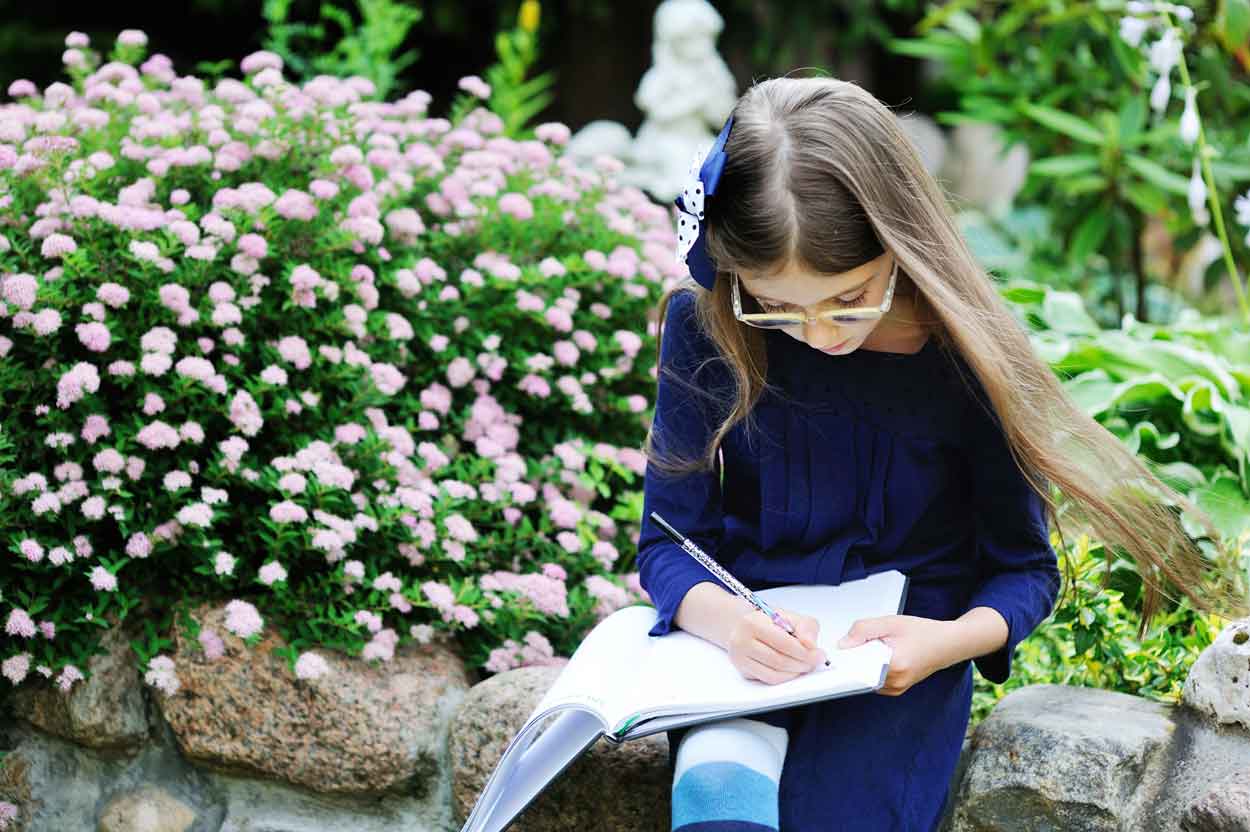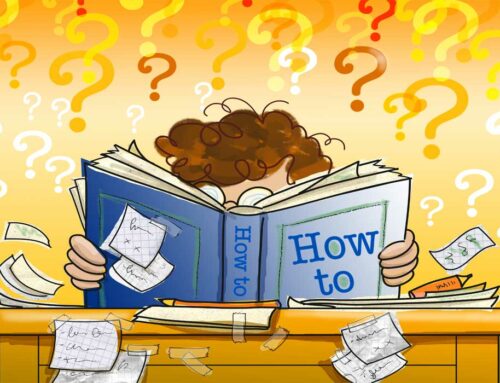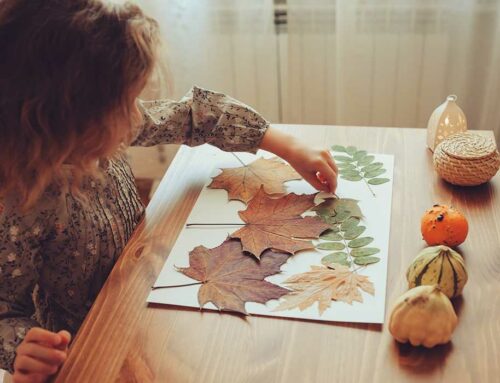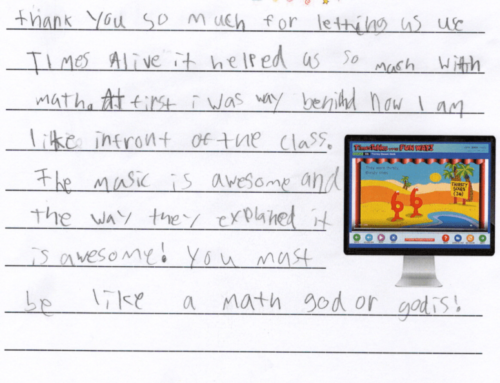Why Write Stories?
You can help your child write a story by providing writing prompts. Some children like to write stories and some do it just because their teacher made them do it. But I do think almost all children like to make up stories in their heads. Story creation is a natural thought process during play-time and when kids are out and about. It is also an activity that unlocks their creative energy, especially when the story is written down.
Writing Stories Down on Paper—Why it’s a Good Thing.
Writing is a way to learn about yourself. It develops the creative and imaginary part of our brains. Sometimes we don’t know exactly what we think until we write it down. Writing clarifies and puts words to feelings.
Writing Encourages Self Expression: children are full of big feelings.
“While some children are great at communicating their feelings and emotions in words with adults they trust, others might find it easier to write down how they’re feeling.”
Writing can improve problem solving skills—a good story has some kind of problem to overcome. If kids are able to work this out by developing the story and writing it down, they are working on the steps it takes to solve a problem.
“Children are well-equipped for coming up with interesting and unique solutions to problems. Their developing brains see things in ways us adults might not! And the more they stretch those problem-solving muscles, the better they’ll be at using them later in life!” Quotes from the Sawyer Blog: Read more here
Ways to Get Your Child to Write
Give prompts that make them want to pick up the pen. See Lynn Garthwaite’s mini e-book with 40 writing prompts for kids
Take Dictation
If your child is reluctant to write or doesn’t know where to start, give a prompt and let the student take it from there while you write it down for them. This will eliminate the stumbling blocks of spelling words correctly and by-passes the manual dexterity necessary to write sentences and story. It will also get the creative genius flowing. Be sure to just write what is said and take care not to edit or offer story suggestions, just listen. When the story is written, the child can read it aloud. This should be an energizing activity that will encourage the child to go for it on their own. Use dictation as a starting point. When the child is ready to write their own story, tell them to not worry about spelling of the words or sentence structure, just do a free-flow writing of what comes to mind. There is plenty of time to spruce up the piece with proper grammar and spelling if the child wants to do that.
Write together. Make it a family event. Once a month, have EVERYBODY WRITES night: gather around a table, light a candle, and write a poem or a story or even just a thought. https://www.readingrockets.org/article/mary-amato-s-tips-parents-how-encourage-creative-writing

How to Teach Children to Write a Story
Use the wow technique.
Mary Amato, an award-winning children’s and YA book author, poet, playwright, and songwriter says to use the WOW technique.
“WOW is an acronym that I created to help kids remember a simple story structure.
The story has a main character who Wants something. This is the beginning of the story.
There is an Obstacle that gets in the way of the main character. This is the middle of the story.
The main character either Wins or loses. This is the end of the story.
How Story Prompts Get the Creativity Flowing
Lynn Garthwaite, author and teacher gives her slant on kids and writing—
“As a visiting author in schools, I like to point out how much storytelling kids already do, even if they haven’t written the stories down on paper. Young children can find themselves daydreaming about the people and things around them. At the park they might see a family with an unusual looking dog on a leash and start to wonder what kind of dog it is? Or is it actually a dog at all? Maybe it’s some kind of weird goat. Why is its tail just a stub and why is there a balloon tied to its collar?
Before they know it, they’re weaving together a tale about the goat-like dog with the stubby tail – and a story is born!
And that family over there with the two boys? Are they twins? They must like baseball because they’re wearing baseball shirts. Why does the taller boy have that bandage on his elbow?
Talking to kids about the stories in their heads is a good step to writing their stories down on paper and to jumpstart their literacy skills. Maybe they think about the bright colors they see at sunset and wonder where all the shades of orange and red come from. Encourage them to make up their own story about the colors in the sky.
Where do earthworms go when they tunnel below the ground? As adults, we can look it up – but why not just make up some fun story with some silly explanation? Encourage your kids to make up their own answers to life’s funny oddities. Just like flowers in our garden, an imagination blooms the more attention you pay to it. Ask your kids what they think about earthworms, and you might be surprised at their imaginations!
I also like to encourage kids to think of their favorite fairy tale and change the ending. What if Cinderella had been in the bathroom when the clock struck twelve? What if the three little pigs didn’t speak the same language as the wolf? What if there was an eighth dwarf with a super power? Go for it.”
Hot off the press is Lynn Garthwaite’s new mini e-book titled: Your Kids Can Be Writers: 40 Story Prompts to Spark Their Creative Genius. It has tips to make storytelling a family activity, and includes over 40 prompts to send your child’s imagination soaring.
Lynn is the author of eleven books, to include children’s books, and adult fiction and non-fiction. Since she was six, Lynn was adamant that she would be a writer when she grew up. Lynn believes that with a gentle nudge, all kids can learn to write and carry the joy of creating stories thoughout their lives. Get Lynn’s latest e-book here: Your Kids Can Be Writers
Some Stories Kids Love
Your children will love reading along to the Times Tables the Fun Way animated stories and songs with the widely popular Online Times Alive Membership from City Creek Press. Not only are the stories fun and entertaining but in the end most kids know all the times tables 0s-9s and have committed them to memory. Get the award winning program that uses stories to boost math facts fluency big-time Get Online Times Alive Now







Leave A Comment